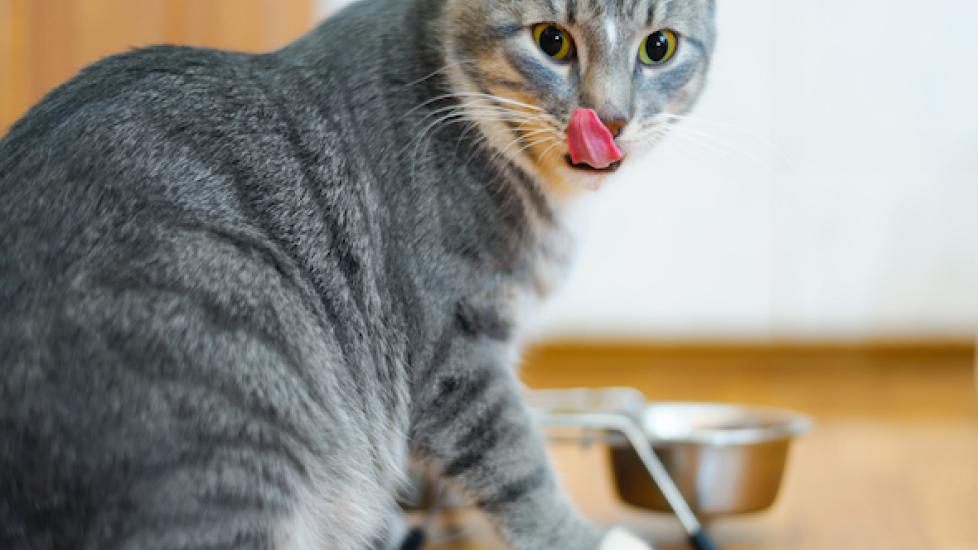Choosing the Best Feeding Method for Your Cat
Nurturing a cat is not always as easy at it looks from the outside. Suddenly, you find yourself in the cat aisle fretting over collars, shampoos, treats... And once you have finally picked the right cat food, you have to decide which method of feeding you are going to use. There are two main methods, both of which have their own benefits and drawbacks.
Free Feeding
Free feeding is when you fill a cat bowl and leave it out for your pet, allowing him to eat as much as he chooses when he chooses to. This method works best with dry foods, since they do not spoil as quickly as wet foods. One of the obvious advantages of free choice feeding is that you do not have to worry about making it home in time for meal-time, an especial challenge for people with very busy schedules or who are confined to the vagaries of commuter traffic. Also, if cats were given the option, it seems apparent that they would choose to have food available for whenever they wanted it. Leaving food in a bowl throughout the day could also serve multiple pets' needs, since they would be able to eat from the same bowl whenever they choose to or when it is their turn.
Of course, there are disadvantages to this method of feeding, one being that in multiple cat homes, one cat might be excessively dominant and hoard and bully over the bowl, not allowing the others to have a turn. There is also the risk of an animal becoming overweight from eating too much. Some breeds of cats are particularly known for eating well beyond the feeling of fullness.
Scheduled, Portion Controlled Feeding
If you have a predictable enough schedule that you can depend on being home at meal time, the scheduled feeding method works well and is the healthier method, since it limits the amount of food your cat is taking in at each meal. There are variations on this method. You might fill the bowl with food and take it away after a reasonable time has passed, allowing the cat to eat her fill. Ten to twenty minutes is generally enough time. Or, you may choose to measure out a portion of food at each meal time and then leave it for the cat to eat at her own pace.
It almost goes without saying that pets that have been placed on a prescription or weight control diet need to be fed controlled portions. This method also works well for cats that need to be given medications mixed with their foods. For other considerations, such as illness, medical conditions that might make feeding time a struggle, or weight loss that needs to be regained, measured and scheduled feeding times can allow you the opportunity to monitor your pet, making sure that she is eating all of her food. With scheduled meal times, you can also use this time of day to bond with your pet.
A major disadvantage to scheduled feeding is that you will need to feed your cat multiple times during the day. This can be especially challenging when caring for kittens, which even under normal circumstances need to eat smaller and more frequent meals than adult cats.
Weigh Your Options
If you cannot decide which method will work best for you and your cat, talk to your veterinarian for suggestions. There may be age and breed considerations that you need to consider, or you may want to think about arranging for someone to come into your home to help with the scheduled feedings. There are also mechanical food bowls that can be set to feed your pet small portions at specific times throughout the day. In the end, remember that your decision should be based primarily on your cat's long term health, not solely on convenience.
Image source: slava / via Flickr
